Introduction to the Nine-Shot Rule
There are nine shots that you always want to capture whenever you’re going to film something and tell a story. It doesn’t matter if you’re using drones or regular cameras. My buddy Jeven Dovey did a fantastic video on the nine shots he always captures. However, today, I want to show you the shots that I try to capture when I’m following the nine-shot rule, especially when I’m using a drone and a handheld camera. Not just a stills camera but a handheld one to capture those nine shots.
Drones and handheld cameras provide distinctly different footage, but we’re still going to use that same rule of capturing nine shots. We’ll cover what the nine shots are as we go, but also, I’m going to show you when I switch from a drone to a handheld camera.
Understanding the Nine-Shot Rule
If you don’t know what the Nine-Shot Rule is, I’ll link my friend Jeven Doy’s video down below. It’s essentially about capturing:
- Two wide,
- Two medium,
- Two close,
- Two detail shots,
- And then one sort of interesting or odd shot.

That’s the rule we’re going to be following today when we’re filming the Ice Climbers here. Then, I think we might be looking for some Glacier Ice Caves later. Hopefully, that happens because that’ll be a great example of the different types of shots we want to get. But for now, let’s jump into capturing some of the shots. We’re going to start with the two wide shots.

Capturing Wide Shots with a Drone or Camera
There are two ways to get really wide shots. One is obviously high and wide. I need to be a little careful of that today because there are a bunch of little airplanes flying around. You probably saw one going behind me just a minute ago. Looks like this one might be coming in to make a landing, so we’re going to just wait a sec and let him go by. Then, we’re going to pull the drone back and get a really nice wide shot.

For a nice wide shot, you basically want to show off the entire area that your subject is in, showcase the landscape around them, whether it might be buildings, icebergs, you know, whatever you have, and showcase where your subject is. I really like these panning shots left to right. They’re just really nice. They give a really good picture of everything you’re going to see and everything that your subject is in.


Medium and Close Shots
Next is going to be some close shots and a couple of medium shots to showcase one of our characters getting ready to ice climb. For close shots, medium shots, and those really tight shots, we’re going to use the ground camera. So, we’ll run over there and get some shots of them working with their hands, tying ropes, putting on crampons, things like that, to kind of showcase and build the story of people getting ready to climb the ice.
Then, we’ll be able to swap between the shots we just shot with the DJI Mavic 3 drone and some shots I shot earlier, and showcase the location, our subjects, and then go in for the tight shots and the medium shots as the subjects are starting their climb. Then we can interject and intermix the drone shots that we captured with those other shots to showcase the whole story of climbing this iceberg out here in the middle of this lake.








Capturing an Unusual Shot
Now, another shot that’s super useful to capture is an unusual shot with drones because they’re easy to put in places that you can’t normally get a camera. So, we’re going to run over and get an unusual shot with the drone. A top-down shot is one of my favorites because it gives a very unusual perspective, just like this here.
And now, as I come back down, I’m going to pull back and kind of pan around to the side. Oh, nice, just as she’s summiting the top too. So, that pullback shot is a really nice capping shot to the end of the journey, I guess I should say.


Adding Variety to Shots
So, you want to get two varieties of wide shots, a couple of varieties of medium shots, and a couple of varieties of tight shots. That’s pretty much what I’m trying to do every time I’m doing this. One way you can add variety to shots, rather than just being static and taking the shot from a static position, is to find something that you can move that gives your shot some foreground movement elements.
Something that just moves either out of the way and reveals something behind it or that just moves along part of the frame somewhere, say along the bottom, side, top, doesn’t matter. But having that movement just makes your shots look a lot more interesting. Those are really useful for medium shots because you’re still wanting to reveal your character pretty close in the shot but also reveal stuff around them a little bit more.
Exploring Ice Caves
Next, we’re headed to some ice caves. The cool thing is, this is a completely different environment, but the same rules apply. If you’re enjoying this or getting value out of this content, then consider subscribing. My goal is to help other solo creators like myself make good decisions when it comes to purchasing gear, and then also teach the skills you need to take your productions to the next level.
The Ice Caves are right behind us here. We’re going to do the same thing: get a nice wide establishing shot, then we’ll move into some medium shots, some close shots, some tight shots, and some sort of interesting shot to see what we can capture here. We’ve got to move kind of fast because the sun is already going down behind the mountains.
But, we’ll start with the drone, as the drone is great for wide shots. Just get a couple of rotating, orbiting shots left and right a little bit like that. This will be just kind of an interesting shot to show our people down there doing their stuff.
Capturing Details and Emotions
Now, let’s see if we can get into this cave to get some more medium, close, and detail shots. “Hey, do that again,” I might say, asking a subject to repeat an action for a better shot. “Just pick it in right here, so I get a shot of it. Focus on your hand a bit. I don’t know where you want me to put it, just shine, move your hand toward me, slide it along the ice a little faster.”
This detailed direction helps in capturing the essence and intricacy of the moment, adding depth to the story we’re telling.



Storytelling Through Editing
Once back, I want to show you how I throw together a quick sequence, just the basics of editing the nine-shot sequence like we did. I always start with a nice wide establishing shot because you want to make sure that people understand where you are and kind of what’s going on.
Then, we’re going to jump into some of the tighter shots. I need to find a shot here that’s a good one just to show people getting ready.
Maybe I’ll stick with this medium shot here, and maybe I’ll cut to this close shot here. I want to show, so I’ve got to find the shot of tying the rope, which I think was there. We’re going to find the shot of tying the rope on, and then maybe a shot of putting the helmet on.
We’ll get this more medium shot here, kind of showing her getting ready to start climbing. All we’re doing is just giving context and building the story of this ice climbing trip, but we also want to do it in a way that keeps people interested.

Engaging the Audience with Variety
Switching between those tight detail shots, the medium shots, the wide shots, and the close shots will really help to do that, plus they help to tell the story. So, we’re starting with a super wide shot, then we’re moving into a shot showing kind of everybody getting ready. Actually, I’m going to switch these two shots around.
Then, showing a little bit more about what’s happening, getting the rope tied on, helmet on, and then she’s standing there ready to go. We’ll probably put this in here where she’s got the ice picks there, or the ice axes there, and then we could easily throw in the slow-motion right there.

Let’s see, and then pull back to him doing the rope. Yeah, we’re going to pull this one in here to show her going up. I’m going to switch back to a really nice wide shot of her going up here. Actually, this is probably where I’m going to use the unusual shot.
Final Thoughts and Next Steps
So, we’ve got kind of back to this unusual shot of her getting up on top of the iceberg right there. Probably start here, there, and then I want to do this pullback shot to kind of cap it all off. This storytelling technique captures the essence of the adventure, piecing together a cohesive and engaging narrative from the nine shots.

Next, you’re going to want to watch this video right here. I’ll see you over there. As always, if you have questions, ask me in the comments below or join my live stream, which happens most Wednesday nights at 4:00 p.m. Alaska time, 8:00 p.m. Eastern. We can have more of a conversation, and maybe I can answer questions I can’t get to in this video.
I’ll see you again soon in the next one. Cheers.
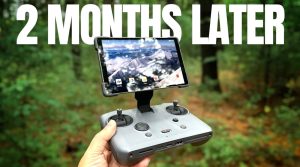
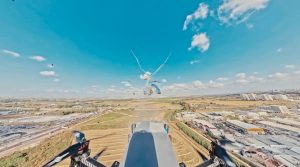
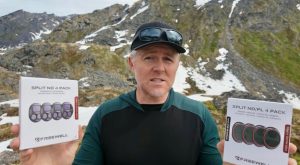
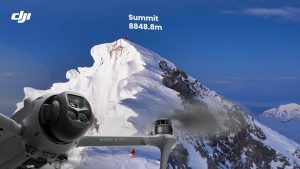
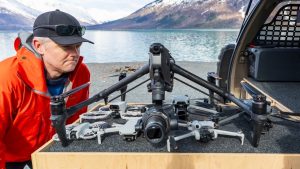
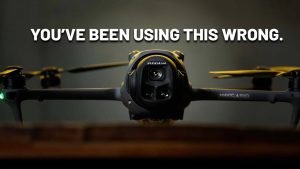
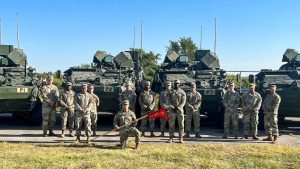
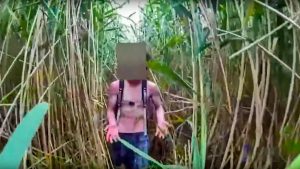

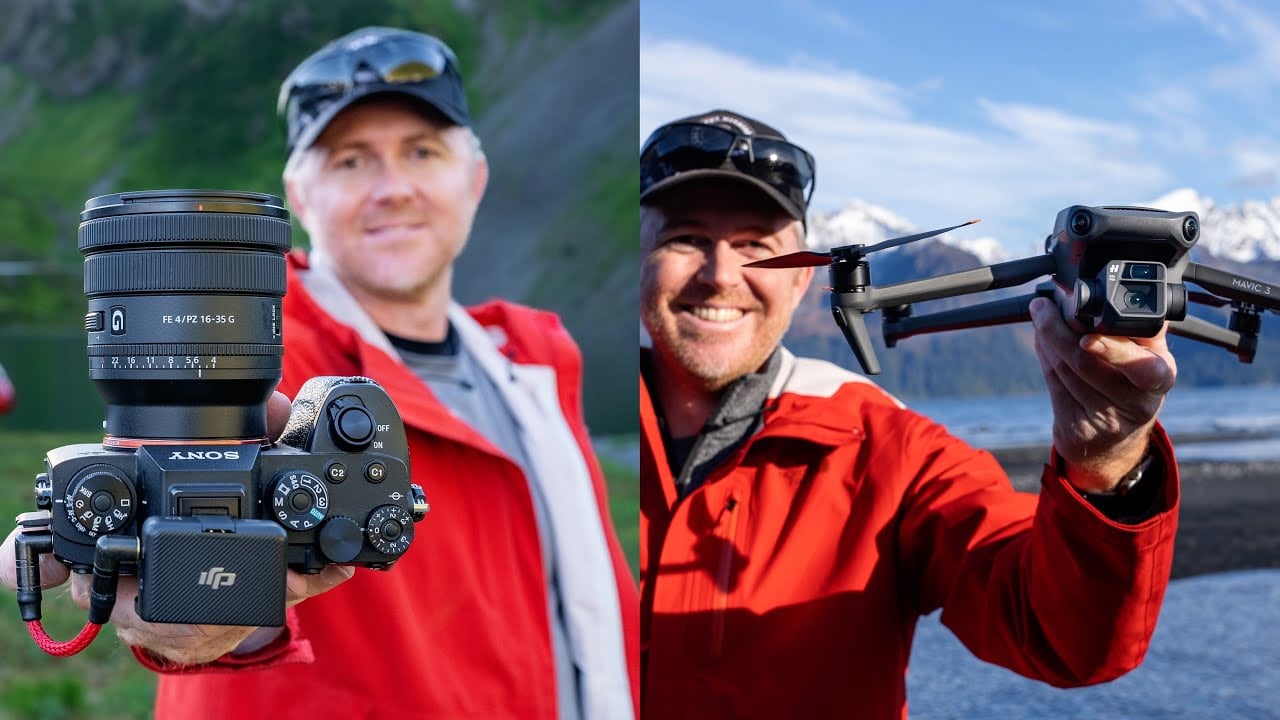


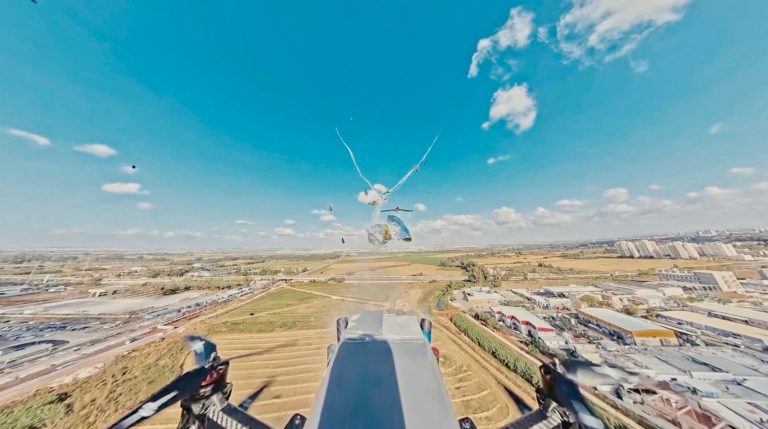
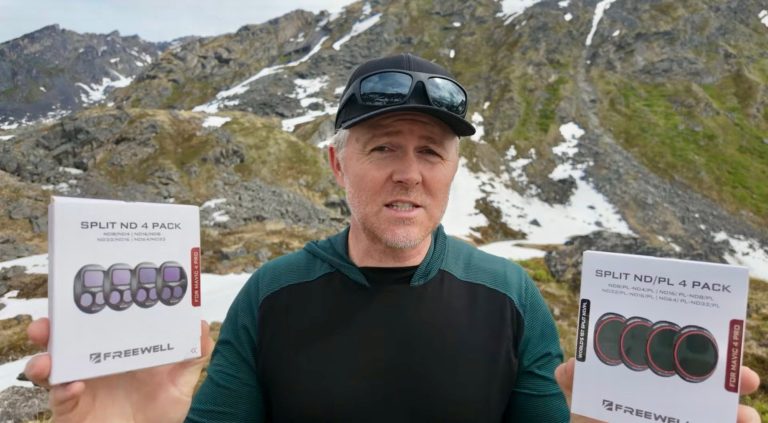
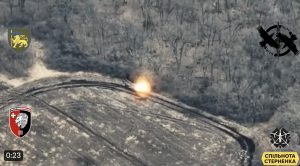
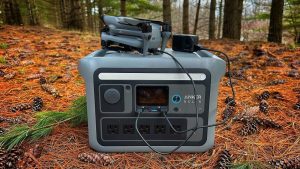
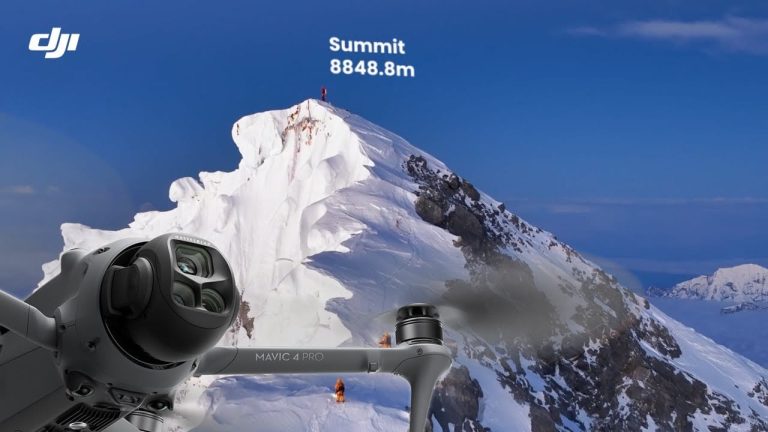
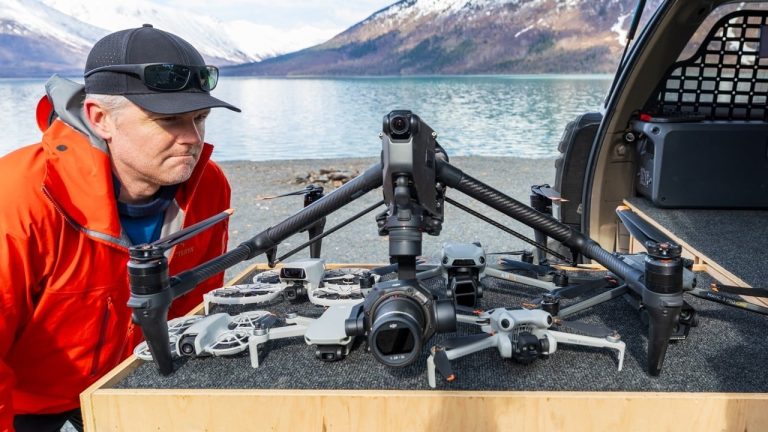
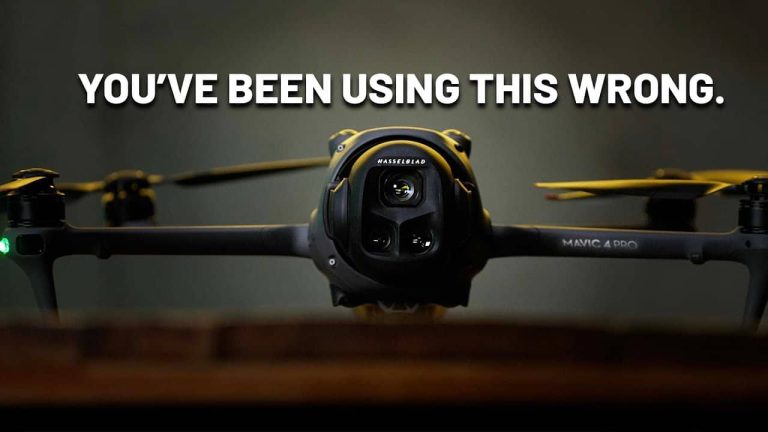
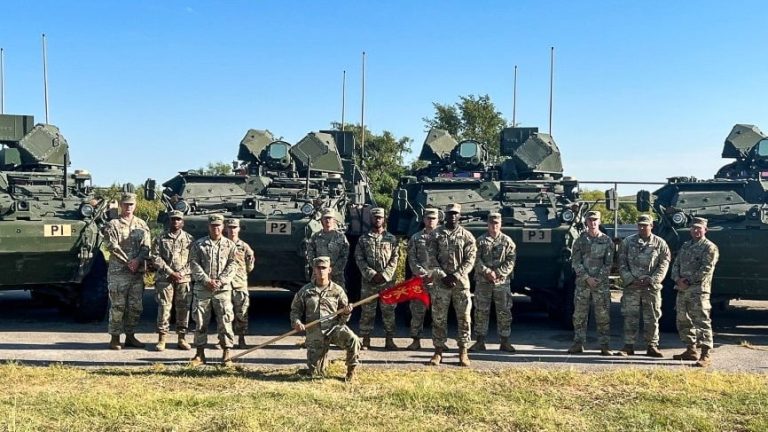
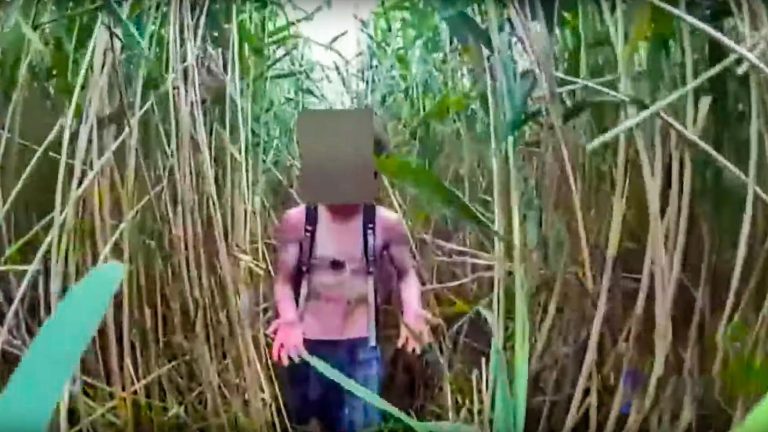
+ There are no comments
Add yours